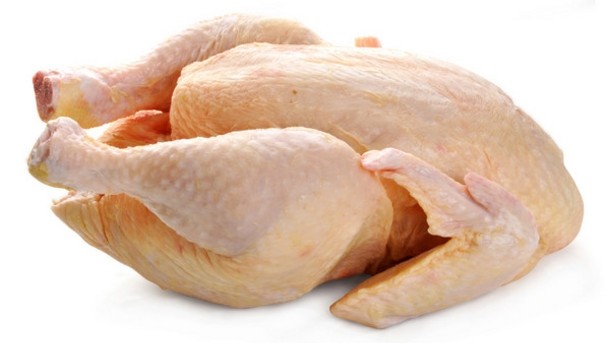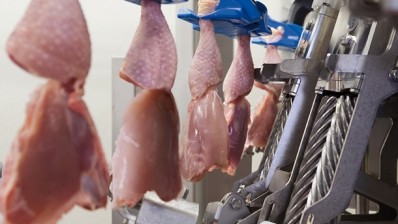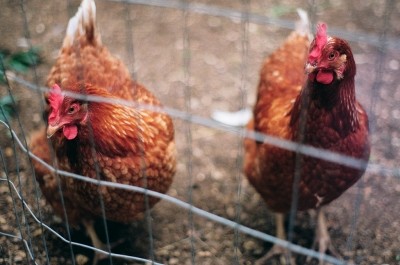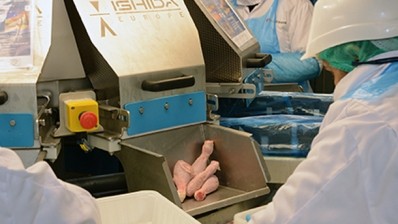Campylobacter rates in chickens continue to fall

Neck skins of whole birds sold in retail are now heavily trimmed, removing the area of highest campylobacter contamination.
The latest data from the Food Standards Agency (FSA) for January to March 2016 showed that 9.3% of chickens tested positive for the highest level of contamination. This was down from 21.8% for the three months from December 2014 to February 2015.
Campylobacter was present on 50% of the 1,009 chicken samples tested, down from 71% in the equivalent quarter of the previous year.
The FSA said it was no longer breaking the figures down by retailer as this had ceased to be a fair comparison, given the changes to the processing and sampling of birds.
Right direction
Steve Wearne, director of policy at the FSA, said: “These results are moving in the right direction and I am delighted with progress. It shows what can be done by a real commitment to tackle this bug and I am encouraging industry to go even further, more quickly, to continue to get the numbers down.
“One of the reasons the survey results are lower this quarter is because of the decision taken by a number of retailers and their suppliers to remove neck skin from the bird before it goes on sale. This is good news for the consumer because the neck skin is the most contaminated part of the chicken.
“However it is also the part of the bird that we have been testing in our survey and this means that comparisons with previous results are not as reliable as we would like.
“Therefore, this quarter, we are giving an overall figure for the amount of campylobacter on chicken and not breaking the figures down by retailer as we normally do.”
New method of testing
This is the end of the survey and a new one will begin in the summer with a different method of testing. First results from this survey, which will rank retailers, are due in January 2017.
In March, Bernard Matthews group technical director Jeremy Hall, warned that the EU was likely to legislate on safe levels in poultry as early as August.
The EU is expected to adopt the FSA target of 90% of carcasses carrying fewer than 1,000 colony forming units of campylobacter per gram (cfu/g).
















